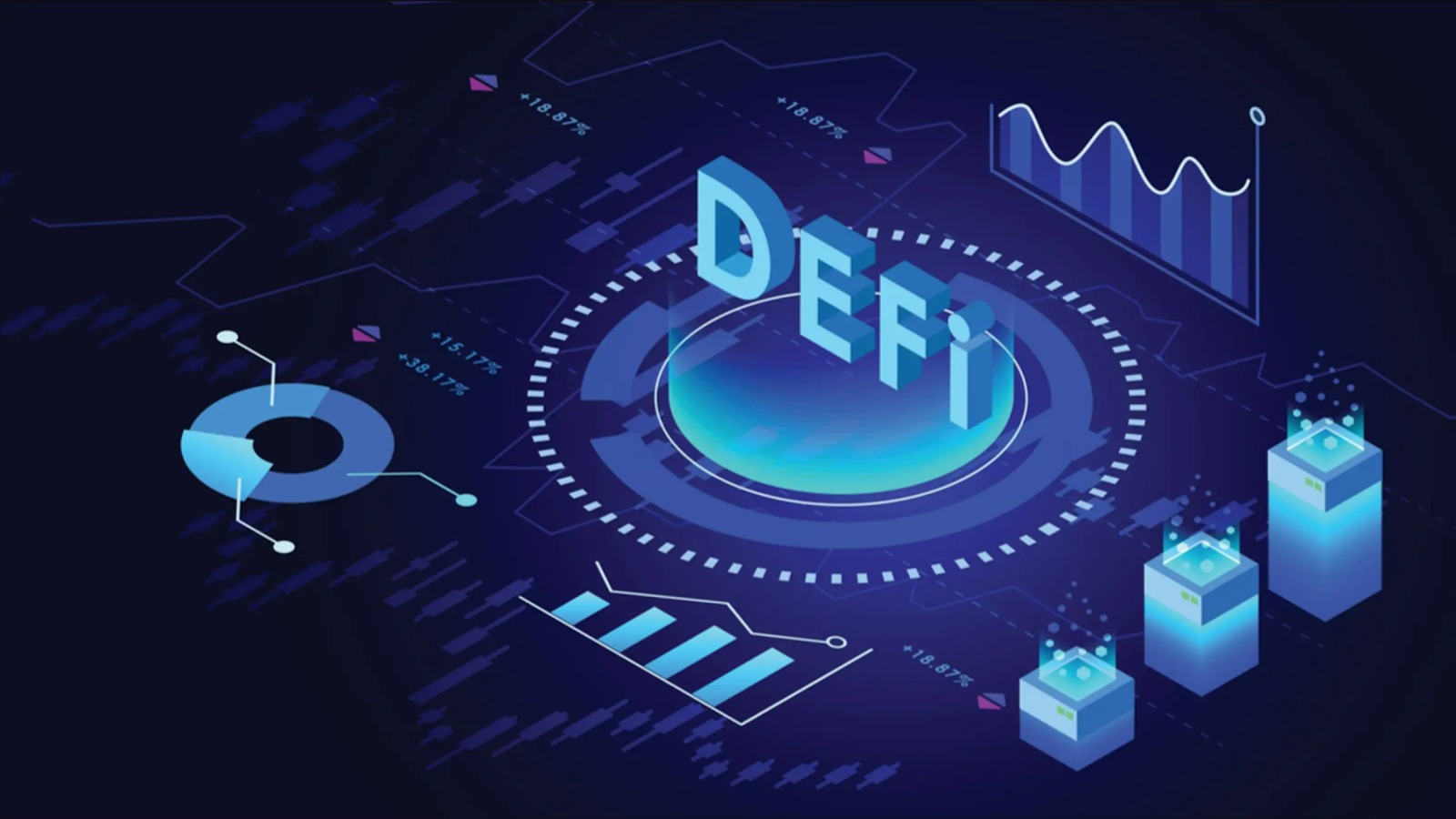Introduction
The world of finance is undergoing a significant transformation, thanks to the rise of Decentralized Finance, or DeFi. With a decade of experience in this field, we will explore how DeFi is disrupting traditional banking and revolutionizing the financial landscape.
Understanding DeFi
What is DeFi?
DeFi refers to a blockchain-based financial ecosystem that aims to decentralize and democratize traditional financial services. It leverages blockchain technology to provide an open and permissionless platform for various financial activities, such as lending, borrowing, trading, and more.
Key Characteristics of DeFi
- Decentralization: DeFi operates without intermediaries like banks, giving users direct control over their assets.
- Transparency: All transactions on DeFi platforms are recorded on a public ledger, ensuring transparency and accountability.
- Accessibility: DeFi is accessible to anyone with an internet connection, eliminating geographical restrictions.
- Interoperability: DeFi projects often interconnect, allowing seamless transfer of assets and liquidity.
DeFi vs. Traditional Banking
Disintermediation
One of the most significant disruptions caused by DeFi is disintermediation. Traditional banks act as intermediaries, imposing fees and delays on financial transactions. DeFi eliminates these intermediaries, reducing costs and increasing transaction speed.
Financial Inclusion
DeFi promotes financial inclusion by providing services to the unbanked and underbanked populations globally. Traditional banking systems often exclude these demographics due to strict requirements and geographic limitations.
Accessibility
Traditional banks have limited operating hours and may not provide services to certain regions. DeFi platforms operate 24/7, making financial services accessible to anyone, anywhere, at any time.
Security and Control
In DeFi, users retain full control of their assets through private keys. Traditional banks may freeze accounts or impose restrictions, eroding user control.
Challenges and Risks
While DeFi offers numerous advantages, it is not without its challenges and risks.
Smart Contract Vulnerabilities
DeFi relies heavily on smart contracts, which can be vulnerable to coding errors or hacking. Users must exercise caution and conduct due diligence when interacting with DeFi platforms.
Regulatory Uncertainty
DeFi operates in a relatively unregulated environment, leading to concerns about investor protection and legal compliance. Regulatory changes could impact the DeFi landscape significantly.
Scalability Issues
As DeFi gains popularity, scalability issues can arise, leading to congestion on blockchain networks and increased transaction fees.
The Future of DeFi
Institutional Adoption
Institutional interest in DeFi is growing, with major players entering the space. This could lead to increased liquidity and legitimacy in the DeFi ecosystem.
Enhanced Security
DeFi projects are continually working to enhance security and reduce vulnerabilities. Improved auditing and testing processes aim to minimize smart contract risks.
Regulatory Clarity
The industry is actively engaging with regulators to establish a clear regulatory framework. This will provide a stable foundation for DeFi’s growth and mainstream acceptance.
Conclusion
Decentralized Finance is undeniably disrupting traditional banking by offering a more inclusive, accessible, and efficient financial ecosystem. While challenges and risks persist, ongoing innovation and collaboration within the DeFi community suggest a promising future for this transformative technology. As the landscape continues to evolve, staying informed and exercising caution will be essential for both users and investors in the world of DeFi.



